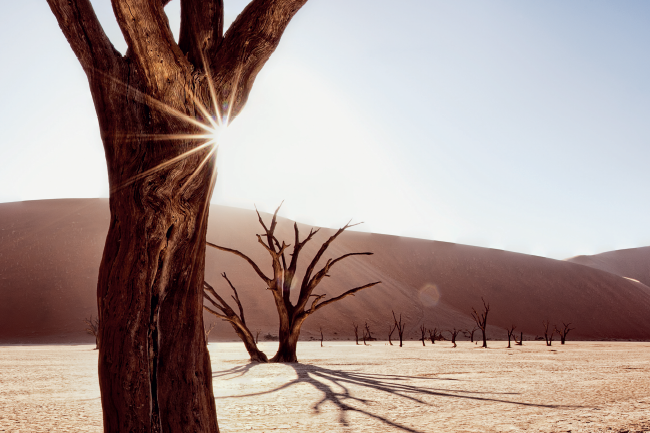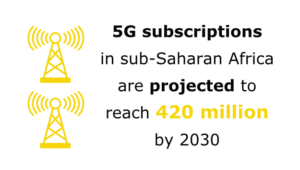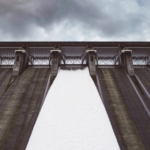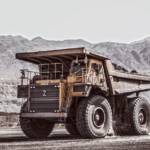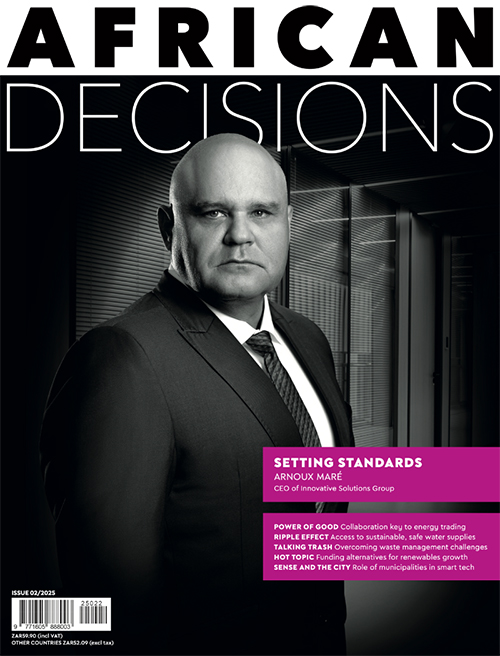After decades of being closely tied to the South African economy, Namibia is starting to forge an independent development path on the continent. The ongoing expansion of the country’s only major deepwater port, Walvis Bay, is at the centre of this. Namibia is in the process of moving beyond its three stalwarts – mining, agriculture and fishing – and reaching out to the emerging economies of Angola, Botswana and Zambia, with the lure of the DRC lying just beyond these.
The Walvis Bay Corridor Group, a partnership of private, government and parastatal players, established in 2000, sees Namibia as the logistics hub of the sub-continent. It has the aim of ensuring that goods and commodities entering and leaving the SADC region move through Walvis Bay, rather than Durban, Cape Town or Maputo.
This might seem like an outsized ambition for the world’s second-most sparsely populated country (after Mongolia) but Namibia has the infrastructural base and commercial sophistication to make it work. It has also been enjoying a boom for about two decades, based on development of the same building blocks needed to accelerate the country’s ambitions in the logistics space.
Namibia is an arid country with a tiny population for its size. Around 2.5 million people occupy a country with a surface area larger than that of France. However, this vast emptiness has been the root of two of the country’s emerging success factors.
Firstly, Namibia has a superb road network, rated the best on the continent by the WEF, which considers the roads to be as good as those in the UK. Traditionally these linkages ran in one direction – southwards, to South Africa. In recent years, Namibia has emphasised developments that lead in other directions. The Trans-Kalahari Corridor, which runs across Botswana to South Africa’s commercial capital, Johannesburg, opened its all-paved road surface in 1998. But development has continued since then, including truck stops and fuelling stations.
The Trans-Kalahari needs a rail link if it is to compete with South African ports for business from the greater Johannesburg area. A pre-feasibility study has been completed for a dedicated export line, running to the 12 billion ton coal deposit at Mmamabula in eastern Botswana (near Gaborone). Although both Namibia and Botswana have prioritised this project, there has been no investment decision yet.
Secondly, the country has an open trade-based economy. Together, exports and imports account for 90% of its GDP. With their small domestic market, Namibia has to export as a matter of necessity. Fish and beef go to South Africa and the EU, gem-quality diamonds to Switzerland and karakul (Persian lamb) pelts are sold via the Kopenhagen Fur auction.
The legacy of this trade-oriented economy is a well-developed services sector, with banking, law and financial services being very strong. Most of these are based in the country’s only reasonably big city, Windhoek, which has a population of 325 000.
The Namibian Stock Exchange (NSE), based in Windhoek, opened its doors in 1992, two years after the country gained independence from South Africa. It is one of the biggest and most liquid in Africa, with 36 companies listed in 2017.
Many of these are dual listings with the Johannesburg Stock Exchange (JSE), including well-known counters such as Anglo American, Barloworld, FirstRand, Santam, Shoprite, Standard Bank and Truworths. The largest local company is First National Bank Holdings Namibia, followed by Capricorn Investment and Namibian Breweries. The NSE is the main avenue for investment, although foreigners are allowed to invest in property.
Namibia is politically stable, being a one party-dominant state with the ruling South West African People’s Organisation having been in power since independence. It is also one of the richest in sub-Saharan Africa with a per capita income of US$12 000, measured in terms of purchasing power parity.
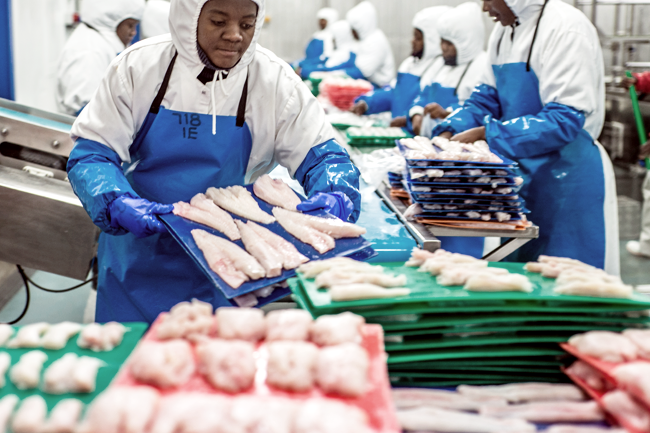
Namibia has grown consistently and at times spectacularly, since independence. According to Bloomberg, the country’s GDP growth rate has averaged 4.7% between 1990 and 2017, peaking at an all-time high of 21% in the third quarter of 2004.
One of the primary ways overall growth plays through is in the property sector. There have been significant developments by companies listed on the JSE. Atterbury Properties built the 55 000 m2 Grove Mall in Windhoek, the largest shopping centre in the country. Pretoria-based Safari Investments looked for something a bit different and found it in Namibia’s burgeoning tourism and leisure industry. ‘It was a sweet spot,’ says Safari CEO Francois Marais, an architect who worked in Namibia for 20 years. The company has developed an environmentally sensitive seafront retreat in the old German town of Swakopmund, Namibia’s primary seaside holiday destination.
Tourism accounts for more than 10% of Namibia’s GDP. International interest tends to focus on wildlife offerings such as the famous Ethosha pan and the barren beauty of the Namib desert and Fish River canyon. But Marais points out that Swakopmund is a growing town and its proximity to the much more industrial Walvis Bay is now becoming an asset. Property prices along the Namibian coastline – and also in Windhoek – have boomed to such an extent that the IMF raised concerns, in 2015, that it had become a real estate bubble. Namibia’s 2014 house prices showed the second-highest increase worldwide, after Dubai.
Marais is not concerned. ‘Swakopmund is Namibia’s most popular tourist and holiday destination. It offers outstanding natural beauty and a wealth of outdoor activities within picturesque desert and ocean surroundings.’ None of this is going to be affected by suggestions of a property bubble.
The ‘bubble’, if indeed it is such, has certainly not burst yet. Some property economists think the IMF is wrong and that the upward trend in prices is simply a product of limited supply – given restricted availability of land – in the context of a growing economy.
As it has developed, Namibia has become progressively more market-friendly and is rated one of the most investment-friendly destinations on the continent by the US State Department. Investment consultants Frontera rank it fifth in Africa, after Mauritius, Botswana, Seychelles and South Africa.
Among its great virtues is an independent judiciary and a well-established legal system based on South African Roman-Dutch law. The 1990 Foreign Investment Act stipulates the equal treatment of indigenous Namibians and foreigners.
Namibia’s ambitions in the logistics space put the development of Walvis Bay harbour at the centre of the country’s plans. The deepwater port of Walvis Bay was a South African enclave, seized in the 19th century and held until it was handed over by South Africa’s first democratic government in 1994.
After nearly a century of functioning mostly
as a minor marine transport hub and fishing harbour, the government of an independent Namibia announced the first expansion in 40 years in 1998. This involved deepening and modernising berths in the harbour to accommodate larger vessels.
Progress, however, hasn’t stopped there. The US$86 million expansion of Walvis Bay’s container capacity is under way and due to be finished later this year. The project has required construction of an artificial island and is set to nearly double the port’s container capacity to 650 000 twenty-foot equivalent units.
Total capacity is not, of course, the issue. The real competition is over trade and Walvis Bay will be hoping the three corridors that stretch into landlocked Africa – especially Botswana, Zambia and Zimbabwe – will deliver.
Namibia is still in some critical ways heavily dependant on South Africa. The Namibian dollar is pegged to the rand at a one-to-one ratio. South Africa is Namibia’s biggest trade partner, accounting for 90% of imports, and the latter still receives a hefty contribution from the Southern African Customs Union, which South Africa runs.
For much of the 20th century, Namibia was often referred to as South Africa’s fifth province, but things have clearly changed. Not only does South Africa now have nine provinces but Namibia is also forging its own course towards substantial economic independence.

